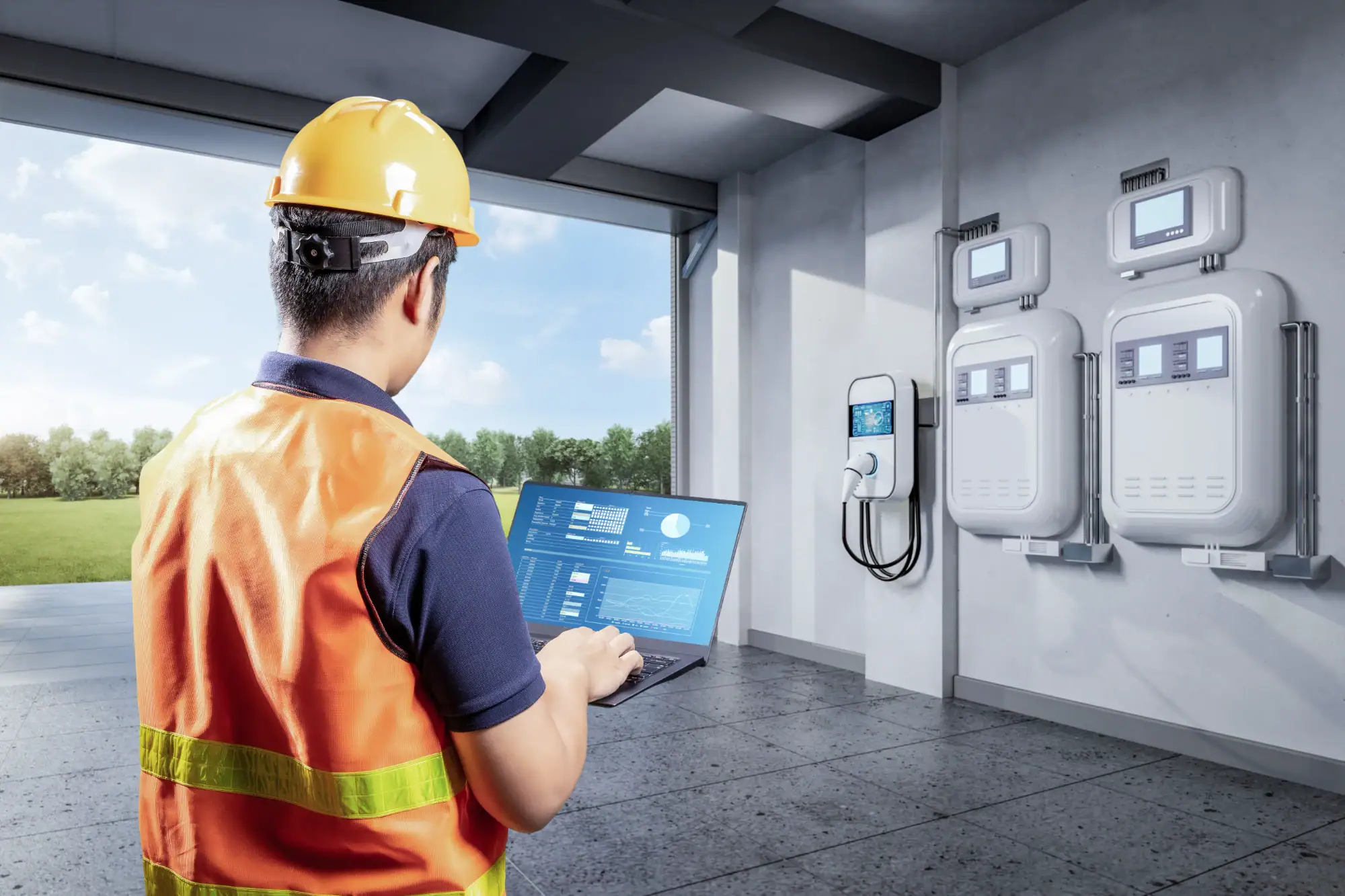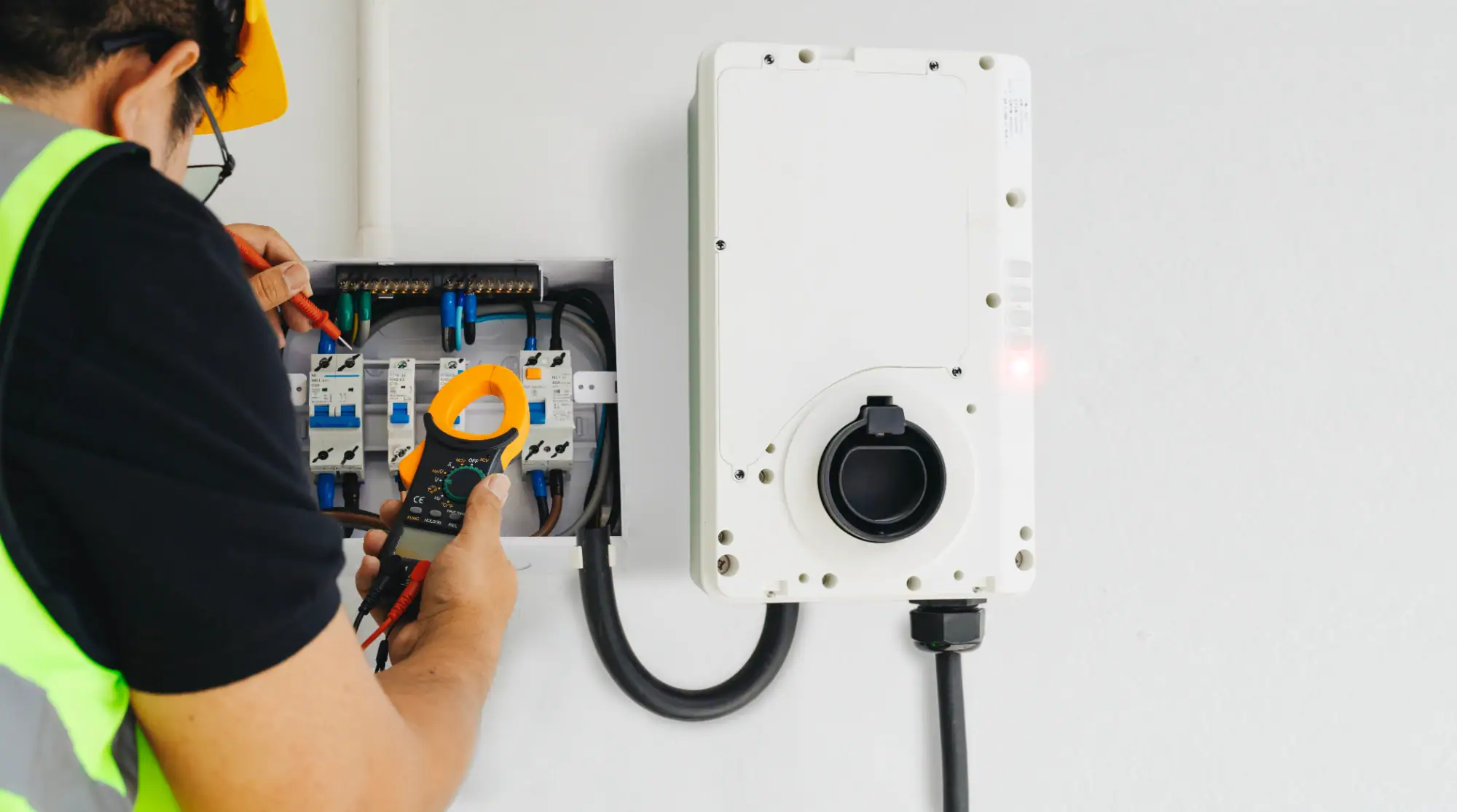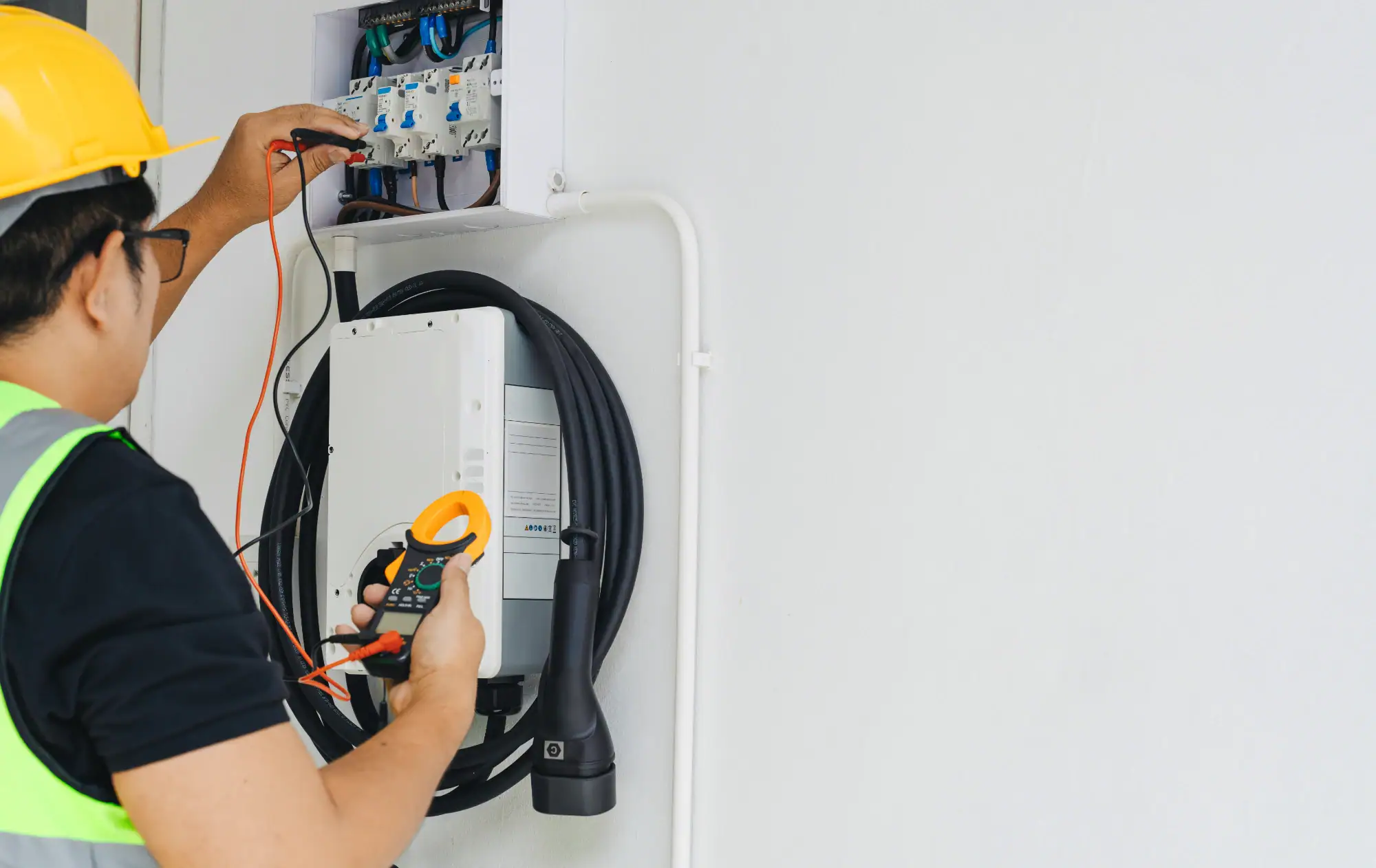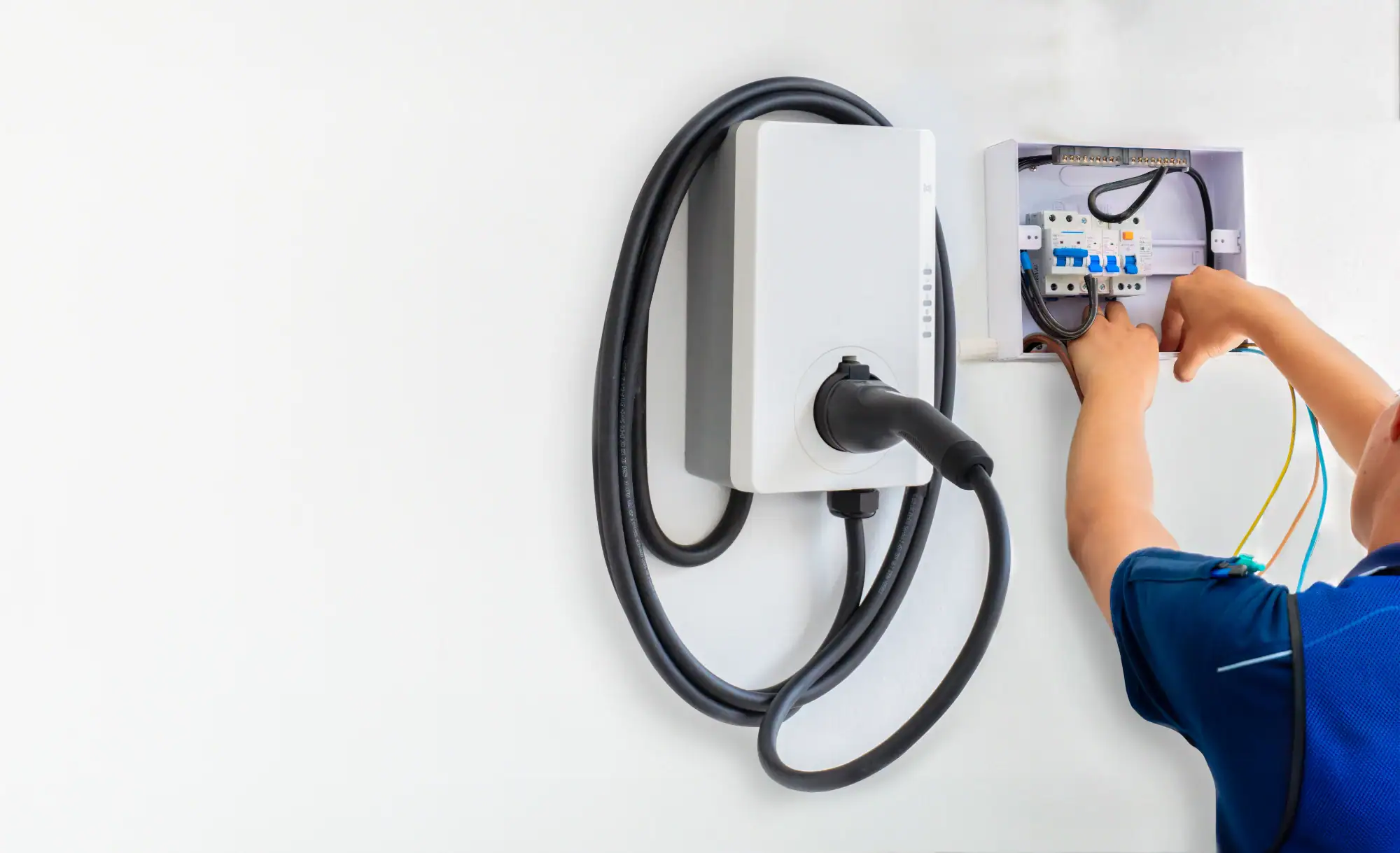Professional EV charger installation that actually works when you need it most.

Hear from Our Customers

You bought an electric vehicle to make life easier, not to plan your day around charging stations. With a properly installed home EV charger, you’ll plug in when you get home and wake up to a full battery every morning.
No more sitting at public charging stations for 45 minutes. No more paying premium rates for fast charging. No more range anxiety about finding an available charger when you need one.
Your Level 2 home charger delivers up to 25 miles of range per hour of charging. That means a full overnight charge for most daily driving, right in your own garage.
We’ve been handling residential electrical emergencies and installations in Prospect Heights for 25 years. We specialize in critical electrical work like panel upgrades, circuit additions, and emergency repairs.
EV charger installation requires the same electrical expertise that handles emergency service calls. Our team is licensed, bonded, and insured, with experience in the electrical upgrades that make home charging safe and reliable.
Prospect Heights homeowners trust us because we understand that electrical work isn’t about cutting corners. It’s about doing it right the first time, especially when it involves the safety of your home and family.

The installation starts with an electrical assessment of your current panel and garage setup. Most homes need a dedicated 240V circuit for Level 2 charging, which means running new wiring from your electrical panel to the charging location.
We evaluate your electrical panel capacity and determine if upgrades are needed. Some older homes require panel upgrades to handle the additional electrical load safely. This assessment happens upfront, so there are no surprises.
Once the electrical work is complete, the EV charger gets mounted and connected. The installation includes proper grounding, circuit protection, and code compliance testing. You’ll receive a walkthrough of the system and charging recommendations for your specific vehicle.

Ready to get started?
Every EV charger installation includes electrical panel assessment, dedicated circuit installation, proper grounding, and code-compliant mounting. The service covers both indoor and outdoor installations, depending on your garage setup and preferences.
Prospect Heights follows Illinois electrical codes, which require specific safety measures for EV charging installations. The work includes GFCI protection, proper circuit sizing, and electrical permits when required by local authorities.
Many installations also include electrical panel upgrades, especially in older homes. We handle the complete electrical upgrade process, from panel replacement to new circuit installation, ensuring your home’s electrical system can safely handle EV charging demands.
